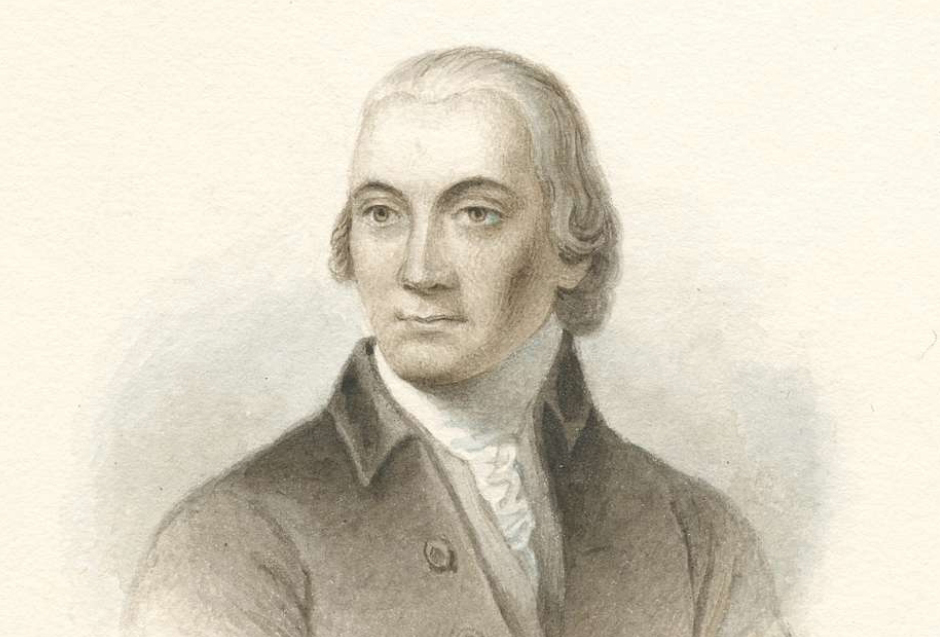This article was originally published May 4, 2016, in Buford Weekly Illustrated.
This month we return to the 1906 edition of the State Historical Association’s “Cyclopedia of Georgia” for a look at what it had to say about both Lyman Hall, and his namesake, Hall County.
Hall, governor of Georgia in 1783, and one of the signers of the Declaration of Independence, was born in Connecticut in 1731 and was educated at Yale college. After completing a medical course he removed to Dorchester, S.C, and later located at Sunbury, Ga., where he built up a lucrative practice. He was an enthusiastic patriot; was a member of the Provincial Congress in 1774 and 1775; was selected by the people of St. John’s parish to represent them in the Continental Congress of 1775, being the only delegate from Georgia, which had not yet decided to join the revolutionary movement. Doctor Hall was allowed to participate in the debates but did not vote. On his return to Georgia he was largely instrumental in including Georgia to join with her sister colonies in their resistance to British tyranny. He was again sent as a delegate to the Continental Congress, where he served until 1780. During the British occupation of Georgia, he removed with his family to the north, but reunited in 1782 and was elected governor the following year. He died in Burke county, Oct. 19, 1790.
Hall county was created by the lottery act of 1818 and named in honor of Dr. Lyman Hall, one of the Georgia signers of the Declaration of Independence and governor of the state from 1783-1784. It is in the northern part of the state and is bounded by White and Lumpkin counties on the north, Stephens on the northeast, Banks on the east, Jackson on the southeast, Gwinnett on the south and southeast, Forsyth and Dawson on the west and Lumpkin on the northwest. The principal Rivers are the Chattahoochee, Little Oconee and Chestatee. Besides these there are numerous creeks. The soil along all the streams is fertile and good crops of cotton, corn, sweet and Irish potatoes, sorghum and sugar-cane are raised. All kinds of fruits are cultivated, but only apples are shipped. The county is especially rich in minerals. Gold is mined extensively, building stone of good quality is abundant and there are deposits of lead, iron and silver. Throughout the county there are mineral springs The most noted of which are chalybeate, and the Oconee White Sulphur springs, near Gainesville, which are popular as a health resort. About half the land is still covered with hardwood forest and the output of lumber is considerable. Manufacturing is carried on to some extent, especially along the streams where water-power is available. Lime and brick are among the leading articles of export. Gainesville, the county seat, Flowery Branch, Lula and Bellton are the Chief towns. Transportation facilities are good. The Southern railway transversed the county from northeast to southeast and the Gainesville, Jefferson & Southern run through the southern portion. The produce of the surrounding county is marketed principally at Gainesville, which is widely known as the seat of the Brenau College and Conservatory of Music.
Lynn Bowman is curator of the Museum of Buford on Main Street. He is a 1984 graduate of Buford High School.




